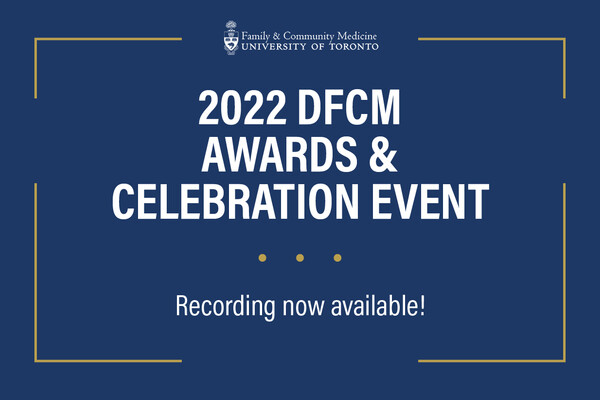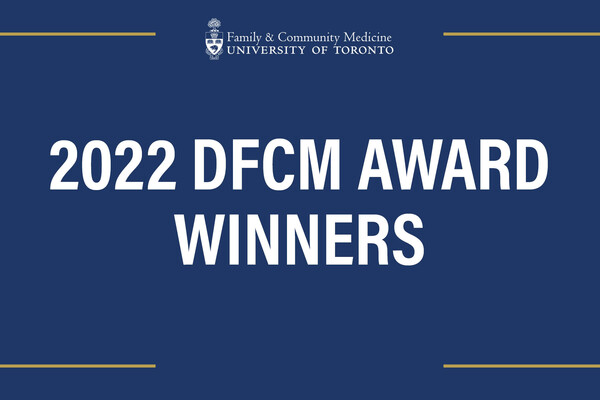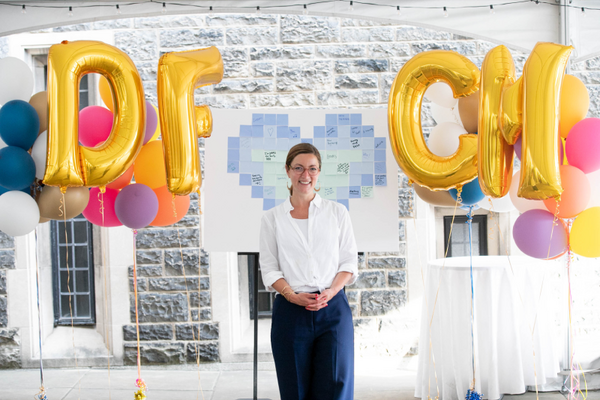Street-involved youth weigh in on harm reduction services

“I just don’t want to be around all that ‘cause I’m trying to get away from them and I got to go back down to get my medication—I got to be right—seeing the same people I’ve seen for ten years shooting up beside me,” said a participant. “Like…I don’t really want that. That’s just driving me to go back and get high.”
The participant was describing the irony of having to go to Vancouver’s downtown east side—an environment which triggered his substance use— to see his methadone doctor. The spatial distribution of services emerged as a key theme in a study published last month in the International Journal of Drug Policy, by lead author Dr. Nikki Bozinoff, a lecturer at the University of Toronto's Department of Family and Community Medicine (DFCM).
Dr. Bozinoff and the team sought to understand how young people who use drugs in Vancouver’s inner-city understood and utilized harm reduction services. Vancouver has implemented a comprehensive harm reduction strategy which includes needle sweeps, alley patrols, and safe injection facilities and yet, up to one-third of young people continue to share needles , a practice that places them at risk of blood-borne infections such as HIV and HCV.
In this study, Bozinoff and her colleagues conducted interviews with 13 young people recruited from the At-Risk Youth Study—a prospective cohort of street-involved and drug-using youth—over a two-month period. The qualitative study which evolved from ongoing work with this population highlights the need for new social and environmental services for young people living with addictions.
“In general, young people all supported harm reduction initiatives and understood them,” she says. “They also had diverse and expansive understandings of harm reduction. For example, they described using drugs they deemed less harmful to transition off drugs they deemed more harmful such as using cannabis to come off heroin or crystal methamphetamine.”
The participants interviewed also illustrated the limits of such services like the inability to access drug treatment outside of the inner city. They found it difficult in a spatial perspective to keep themselves well as they always had to return to the place where they consumed drugs. Others cited that the waitlists for the addiction treatment services were lengthy. One participant stated that poor housing environments would lead him to hastily consume drugs in alleyways or semi-public places to avoid confrontation with building residents, social housing managers and staff, the police and other drug users. Stigmas were also attached to housing available to these youths which were often run-down and labelled as “junkie” spaces.
“Young people are smart, highly resourceful and they want more tools to be able to make decisions for themselves, that support their well-being. The implications of the findings are meaningful for city planners or policymakers who manage the spatial aspect of service delivery,” Dr. Bozinoff says. “There has been an interest in expanding access to safe injection equipment and facilities in the greater Vancouver area and these findings reinforce that there is a desire from this community to do just that.”
There is much interest in safe injection facilities in Toronto. Unlike their Vancouver counterparts, sites in Toronto will be decentralized as they are for needle exchange. This measure is something Dr. Bozinoff believes will benefit street-involved young people.
Related items
News



